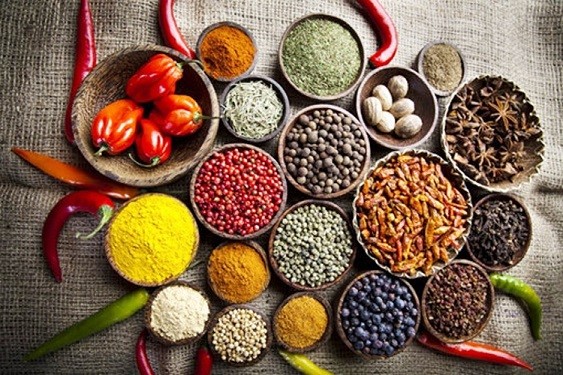 |
| Although European imports of spices and flavourings have fluctuated over the past five years, they still show long-term growth prospects. (Source: Industry and Trade Newspaper) |
Statistics show that sales of functional spices that support immune function, such as ginger, turmeric and garlic, grew particularly rapidly in 2020 and 2021 due to the Covid-19 pandemic.
The European market is also marked by a growing interest in sustainably sourced spices; certification plays an important role in this. The European countries offering the most opportunities are Germany, the UK, the Netherlands and Spain.
Among the products with the highest demand are ginger and turmeric, while pepper, vanilla and cinnamon remain major markets in Europe. Nutmeg in particular has also seen significant growth recently.
According to the Vietnam Trade Office in Belgium and the EU, this is one of the leading regions importing spices and flavorings, accounting for about a quarter of the world's total imports. Notably, more than 95% of imports from outside Europe come from developing countries.
The heavy dependence on spice imports from developing countries also means that most trade in Europe involves re-exports of spices originating from developing countries. However, with herbs, the majority of products consumed in Europe are also produced locally.
In addition, average import prices in Europe are significantly higher than in most other regions. For example, the average price of imported spices in Europe is almost twice as high as in Asia. This makes Europe an interesting target market for exporters from developing countries, despite the market volatility that occurs for some products due to changing demand.
Trade experts also point out that: Growing demand for sustainably produced spices, new origins, growing concern about the health benefits of spices and the use of spices and flavourings in international cuisine are the top trends opening up opportunities for exporters from developing countries.
Conversely, increasing buyer requirements and changes in legislation can pose a threat to suppliers from developing countries, especially new suppliers who are not familiar with these requirements. Spices are therefore increasingly tested for allergens, toxicity and authenticity, so it is important to keep up with these market dynamics in order to maintain a competitive position as a supplier to the European market.
Food imported into the European Union (EU) is subject to official food controls. These controls include routine checks that may be carried out upon import (at the border) or later, once the food has been distributed in the EU, for example at the importer's premises. The controls are intended to check that the product meets legal requirements.
Notably, food safety is key to the European market. Although legislation has addressed many potential risks, there are still gaps, so importers prefer to work with manufacturers and exporters who have a food safety system certificate recognized by the Global Food Safety Initiative (GFSI).
According to experts, although less important than product and food safety requirements, European buyers are increasingly demanding sustainability. The most obvious market in Europe for sustainably sourced products is the fairtrade market. All participants in the supply chain need to be certified to participate in this market. The fairtrade market is regulated separately.
There are a number of fair trade certification organisations in the global fair trade market. Fairtrade International is the largest organisation, providing access to the European market and most other international markets, with the exception of the United States.
On the other hand, Fairtrade International has specific standards for flavourings, herbal teas and spices from small-scale producer organisations. This sets minimum prices and price differentials for conventional and organic products from a number of countries and regions.
Therefore, if a company wants to sell its spices and condiments as organic in Europe, they must be grown using organic production methods that comply with EU organic law. The growing and processing facilities must be inspected by a recognised certification body.
At the same time, dual certification is a clear asset in both the European organic and fair trade markets. Consumers in these markets are generally more conscious than mainstream consumers. Therefore, they are more likely to appreciate and purchase products that carry both organic certification logos.
Source


![[Photo] Prime Minister Pham Minh Chinh works with the Standing Committee of Thai Binh Provincial Party Committee](https://vphoto.vietnam.vn/thumb/1200x675/vietnam/resource/IMAGE/2025/5/12/f514ab990c544e05a446f77bba59c7d1)
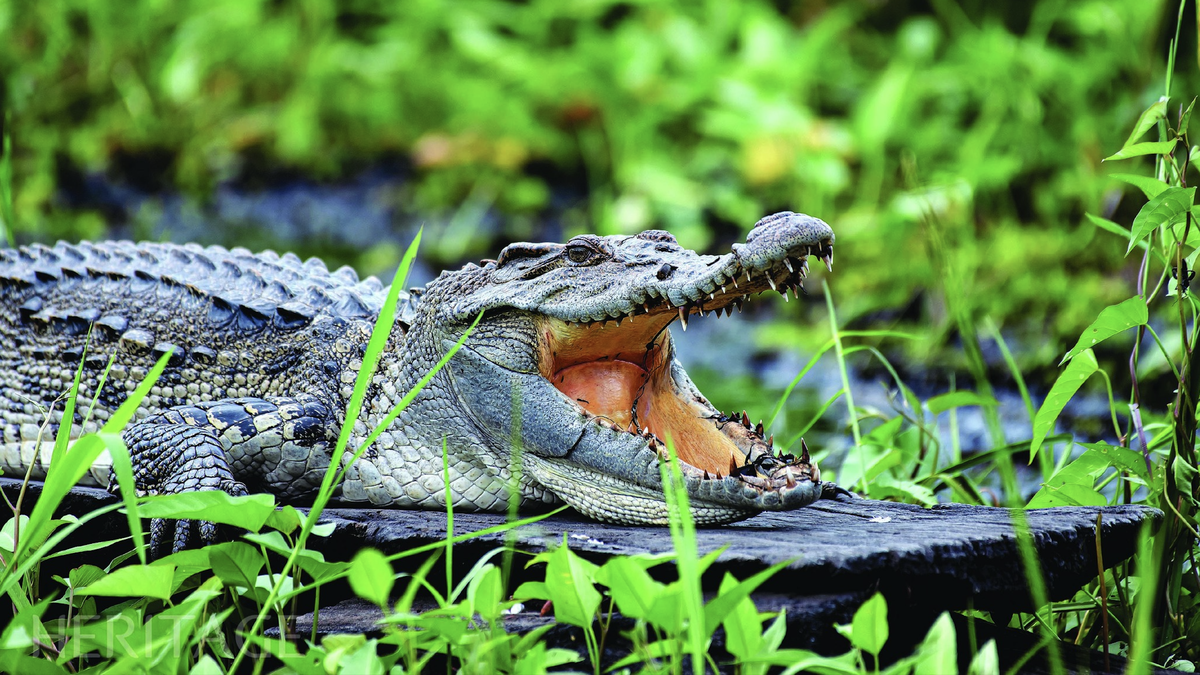

![[Photo] Prime Minister Pham Minh Chinh receives Swedish Minister of International Development Cooperation and Foreign Trade](https://vphoto.vietnam.vn/thumb/1200x675/vietnam/resource/IMAGE/2025/5/12/ae50d0bb57584fd1bbe1cd77d9ad6d97)




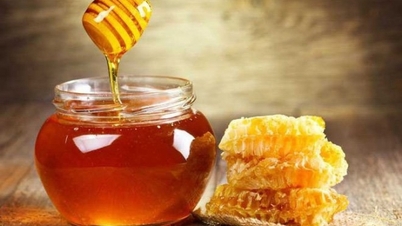





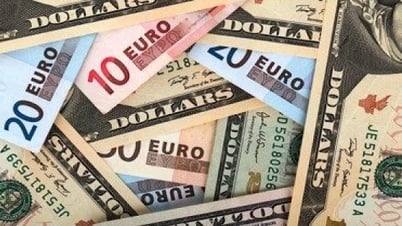
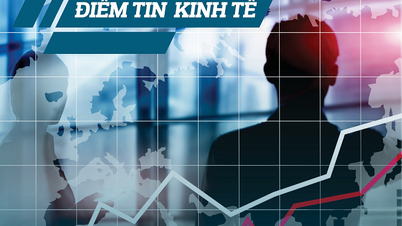

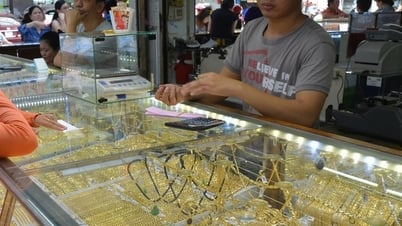








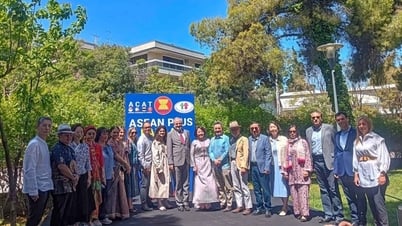






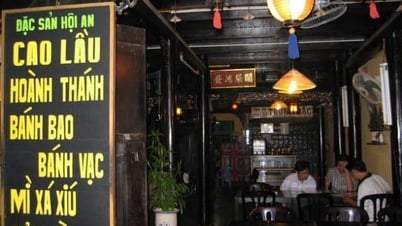














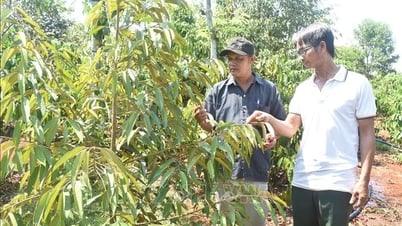









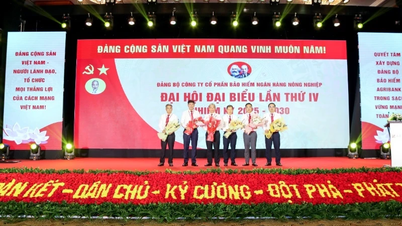

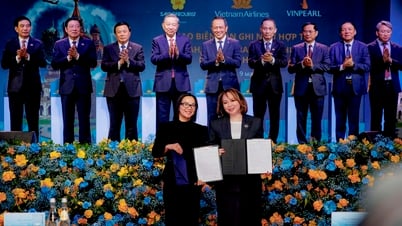



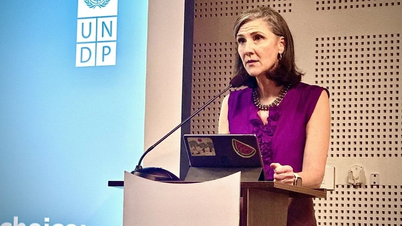




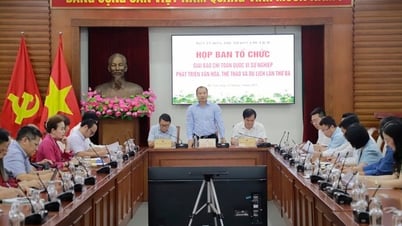


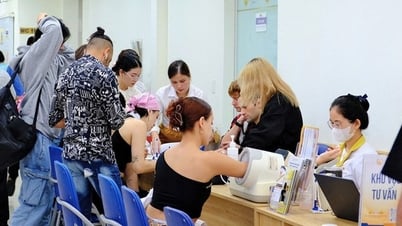







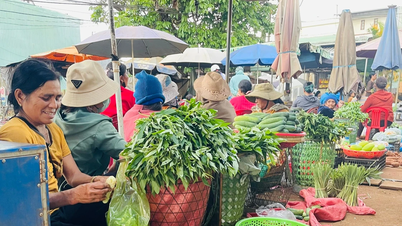



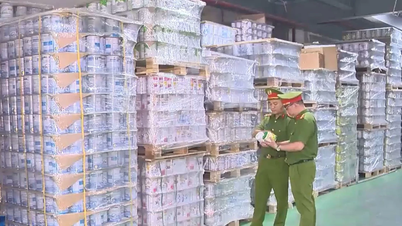


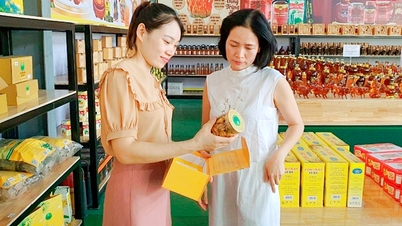

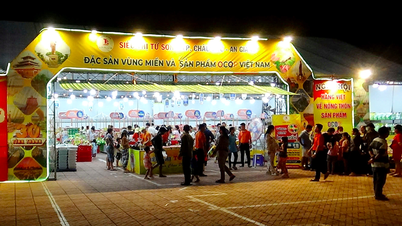

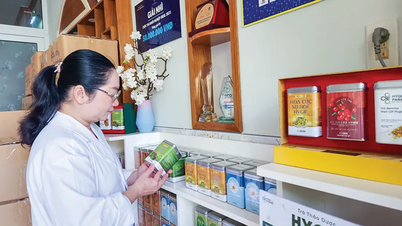

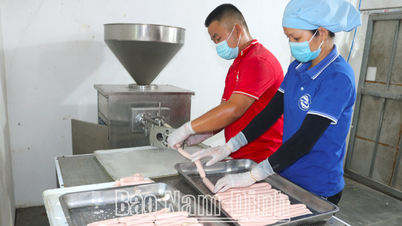


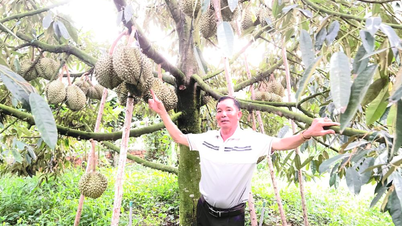

Comment (0)